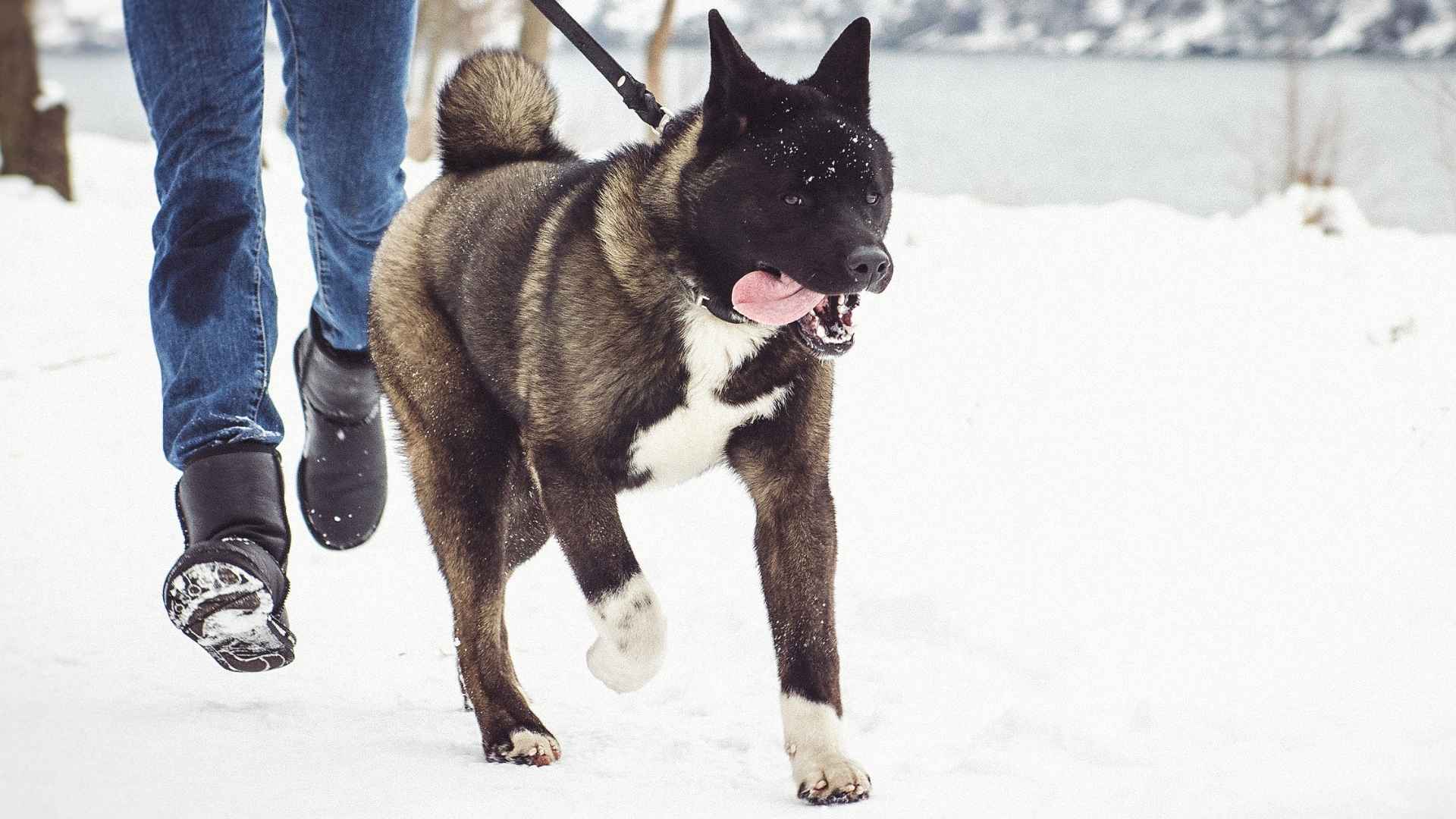Dogs make wonderful companions thanks to their loyal, friendly, and fun-loving nature, which is why they’re a favorite among pet lovers. But when a dog becomes stubborn, aggressive, or just plain hard to train, that dream of canine companionship can quickly turn into daily frustration. And while giant breeds often look like fluffy, oversized teddy bears, they’re not always the best fit, especially for first-time dog owners.
Giant dog breeds, typically weighing between 90 and 230 pounds, come with their own set of pros and cons. They tend to have shorter lifespans (usually 6–10 years), higher vet bills, and greater space and exercise needs. Some are surprisingly laid-back, while others demand a lot of time, patience, and structure. While these big dogs can be incredibly loyal, protective, and great with families, they’re not always easy to train—and that’s where challenges begin for unprepared owners.
Hard-to-Train Giant Dog Breeds
With countless dog breeds to choose from, the right match depends not only on purpose but also on temperament and traits. The giant breeds below are strong, stubborn, and tough to train—but incredibly rewarding with the right owner. If you’re short on time or patience and want a playful, low-maintenance companion, you might want to skip these majestic mammoths.
1. Caucasian Shepherd Dog
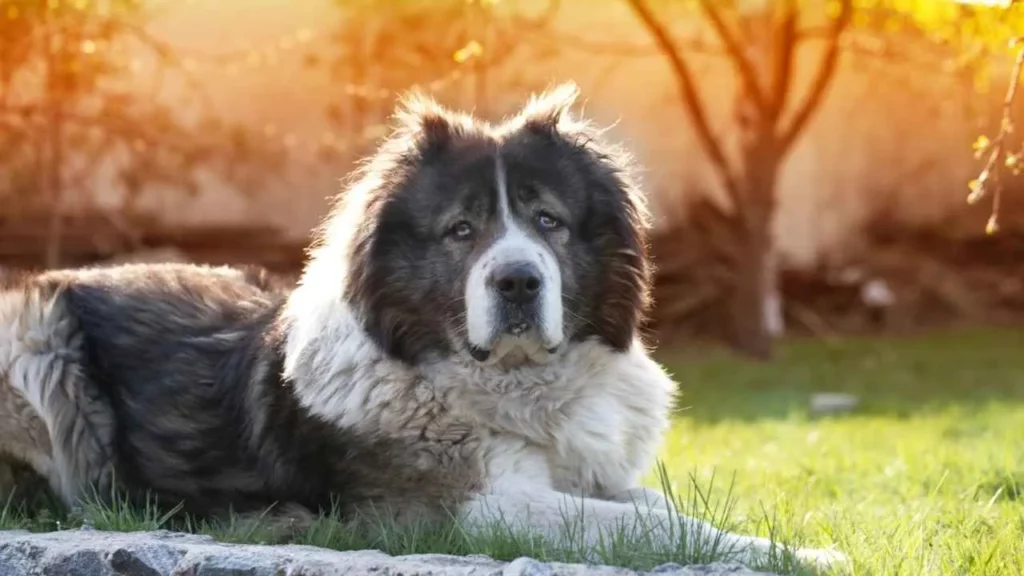
The Caucasian shepherd hails from the Caucasus Mountains in Southern Russia. This giant dog breed weighs between 100 to 170 pounds and grows to 35 to 40 inches tall as an adult. This bold, fearless, and self-confident dog was originally bred by Caucasian shepherds in the mountains for safeguarding cattle from vicious predators like wolves and coyotes.
According to AKC, this fluffy giant dog with heavy fur has a strong, muscular body and is loyal to its owners. It is protective of its territory and family and can be an excellent watchdog and guardian for livestock and family. However, they can not fit in small rooms and apartments and require more space because of their sheer size.
But training this handsome gentleman is not easy for novice dog owners. Its independent nature and intelligence make it one of the toughest breeds to train. This gentle giant can only be trained by a patient, skilled, and calm dog trainer. Moreover, this intelligent, alert, and protective dog is naturally predisposed to distrusting strangers and other animals, which can also lead to aggressive tendencies.
2. Great Pyrenees
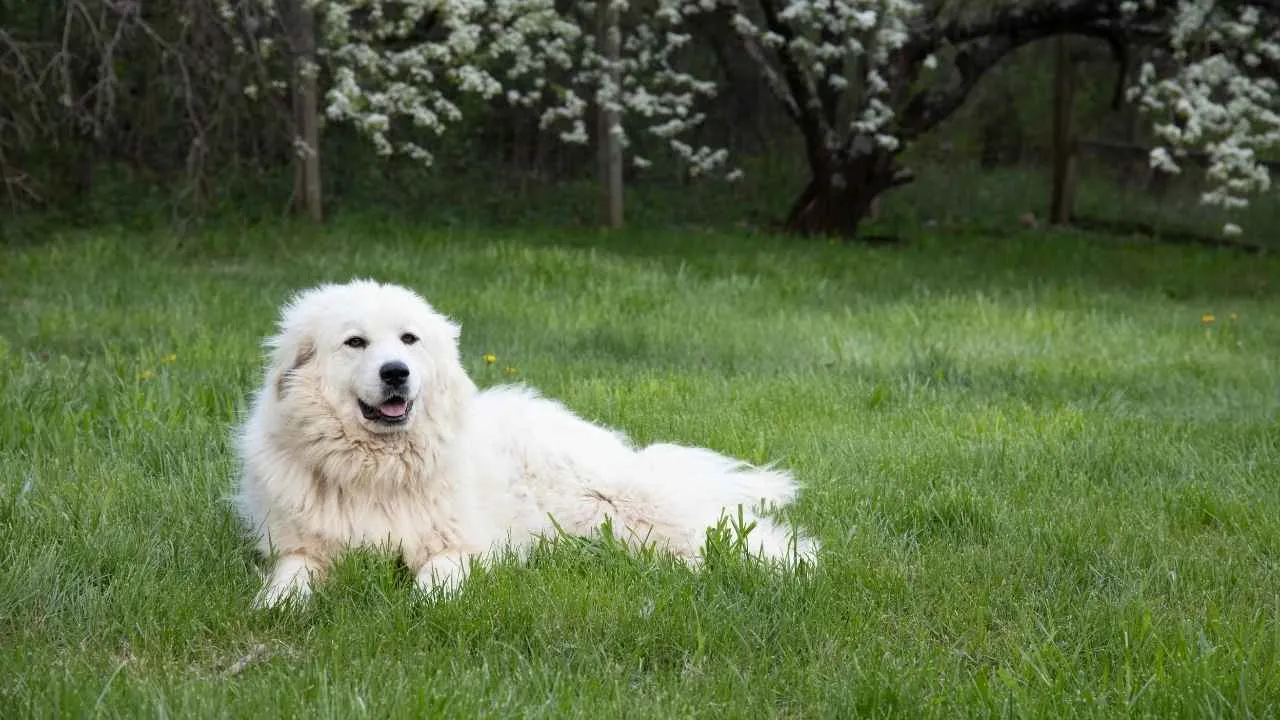
This majestic, fluffy white dog hailing from the Pyrenees Mountains was originally bred for being a livestock guard dog. But ironically, LGDs have an independent nature, which plays a crucial role when decisions need to be made for the protection of livestock and the perceived threat of predators all around them.
But this independent nature that makes them a perfect guard dog also makes them difficult to obey because they are naturally predisposed to making their own decisions. VCA Hospitals states that Great Pyrenees dogs can be stubborn, hence, they need a pet owner with experience to handle them, and a commitment to ongoing training is necessary for keeping these hard-to-train dogs reined in.
The Great Pyrenees is also known for its sweet dispositions and protective nature. They truly care for their flock and family with incredible attention to detail.
Fun Fact:
The great pyrenees were once so popular among French nobility that they were called the “Royal dogs of France,” in the 17th Century by Louis XIV.
3. Borzoi
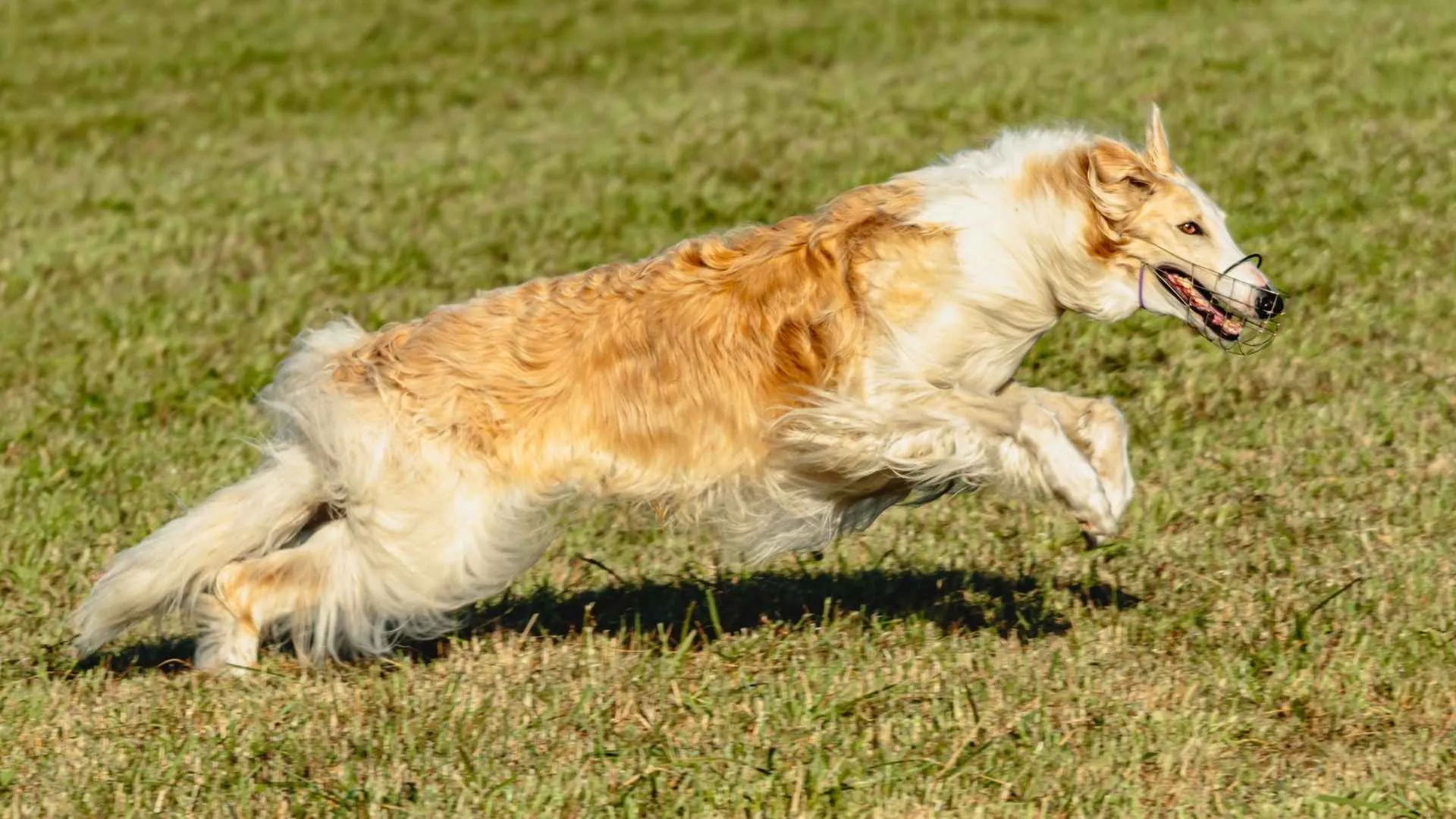
This is another Russian dog breed also known as the Russian Wolfhounds. The Borzoi is an exotic dog breed with a slender physique and smooth, long coat. They are sighthounds that prey on fast-moving animals and are stubborn and resistant to obeying commands because they were developed from chasing and catching game with minimal human interference.
Purina states, Borzois are fast runners that can reach a speed of 35 to 40 miles per hour. These ancient wolf hunters have a calm and gentle personality with a side of quiet attitude and elegant mannerisms. However, this Giant dog breeds typically require more living space than smaller breeds.
The borzoi has a weight of 60-105 pounds and is a hefty dog with a life span of 9-14 years. These intelligent dogs are known to be loving companions and loyal friends to their owners.
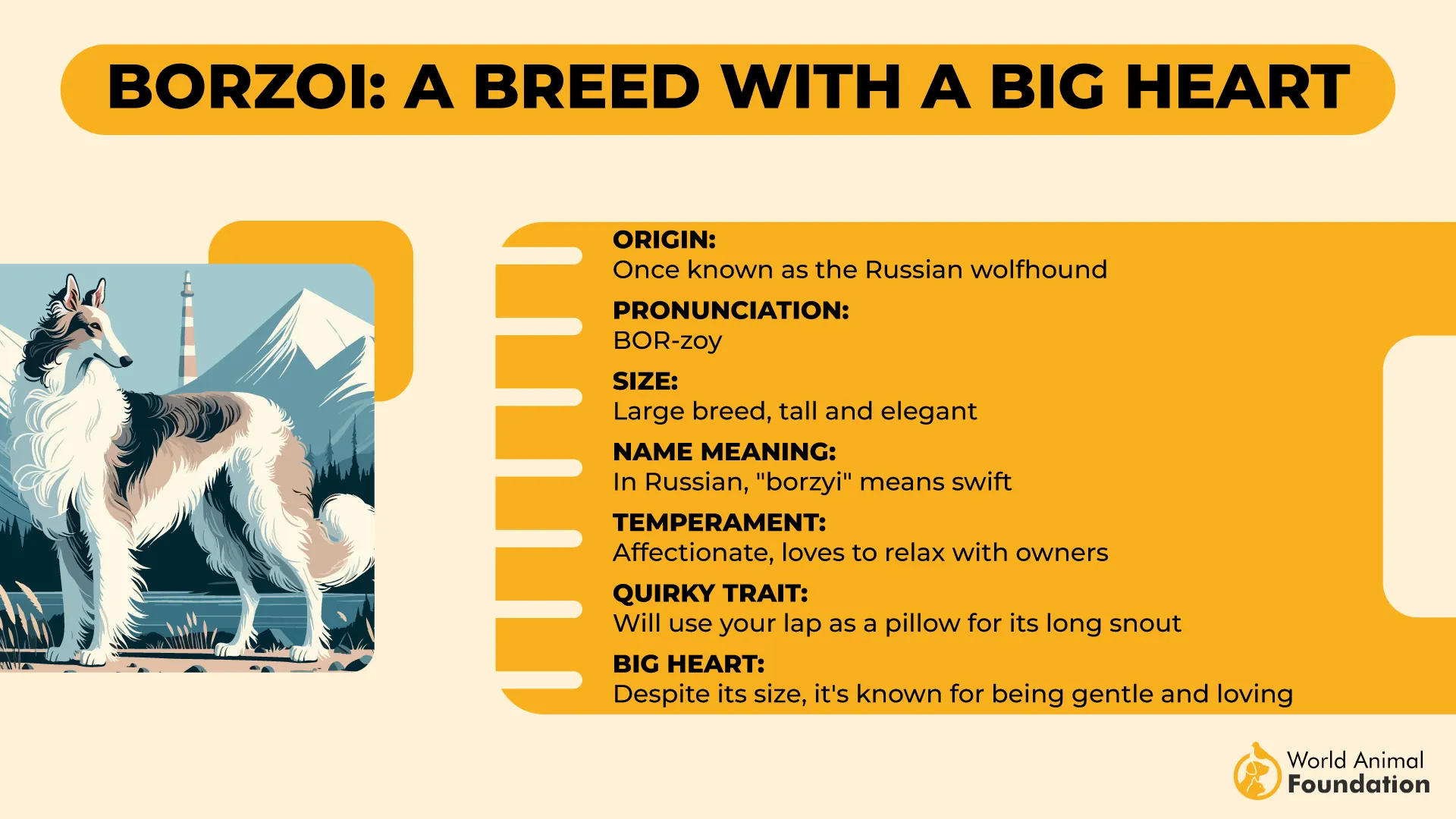
Fun Fact:
You must have seen this iconic Borzoi in the Disney classic “Lady & The Tramp” if you are a millennial or early Gen Z.
4. Akita
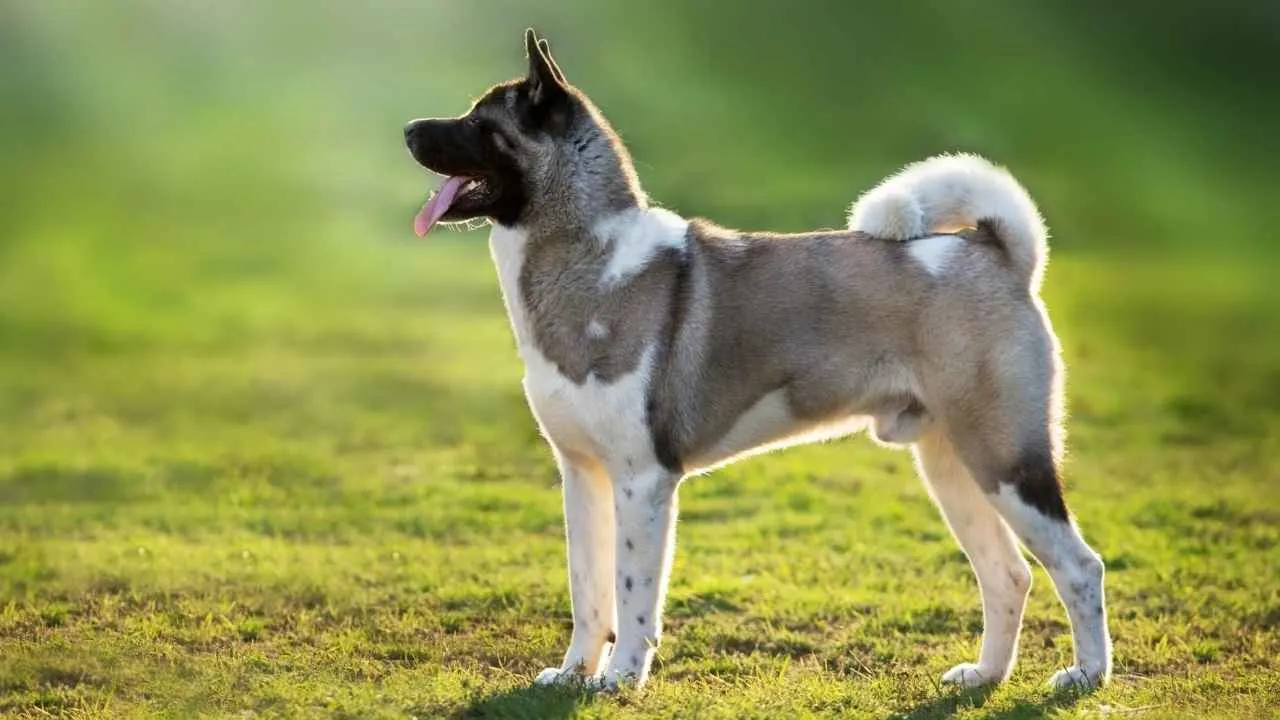
Akita is another assertive and independent dog breed that is smart and will first contemplate your order and then think if it makes sense or has some benefit in it for them to follow, and only then complete your demand. Britannica says that Akitas may ignore commands from those they do not respect, making consistent training necessary for them.
These hunting dogs from the northern Japanese regions were originally bred to hunt large animals like bears, boars, and deer. These noble Japanese dogs are a symbol of loyalty, strength, and courage, and have the tendency to get stubborn; they don’t tolerate small children or other pups and are aloof in temperament.
Hence, don’t expect your Akita to hug you, but they will cuddle you if you mean the most to them. These Giant dogs require more food than standard-sized dogs due to their larger size.
5. Saint Bernard
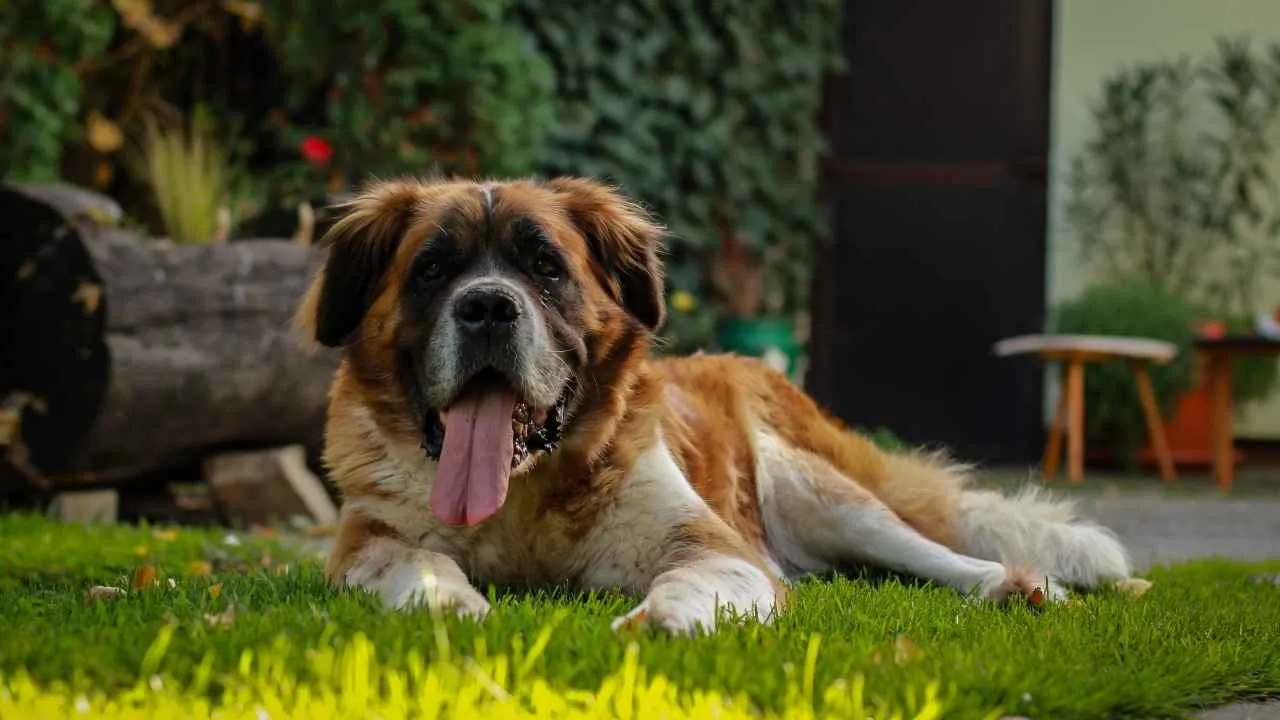
Have you ever seen a Saint Bernard Puppy? Their cuteness is unmatched will make you want to adopt them quickly, but is a Saint Bernard the right dog for you? These dogs come from the western Alps in Italy and Switzerland and are known for being heroic saviors and rescue dogs who bring relief to stranded mountain climbers and monks.
However, these giant dog that weighs around 140-180 pounds and stand 28 to 30 inches tall at the shoulder, are also high-maintenance dogs who need constant grooming and brushing, as well as bathing. According to PetMD, these dogs were originally bred for rescue work by the hospice of the Great St. Bernard Pass on the Italian-Swiss Border.
But what makes them difficult is their independent and stubborn nature. Saint Bernards are playful and protective, making them popular family dogs. However, these giant dogs, while playful and loving, require training to avoid being difficult to manage due to their size.
You need to praise them to raise them because these guys don’t like getting scolded and are incredibly sensitive to negative emotions and harsh words, hence, you can only use positive reinforcements and tasty treats to make them listen.
6. Bullmastiff
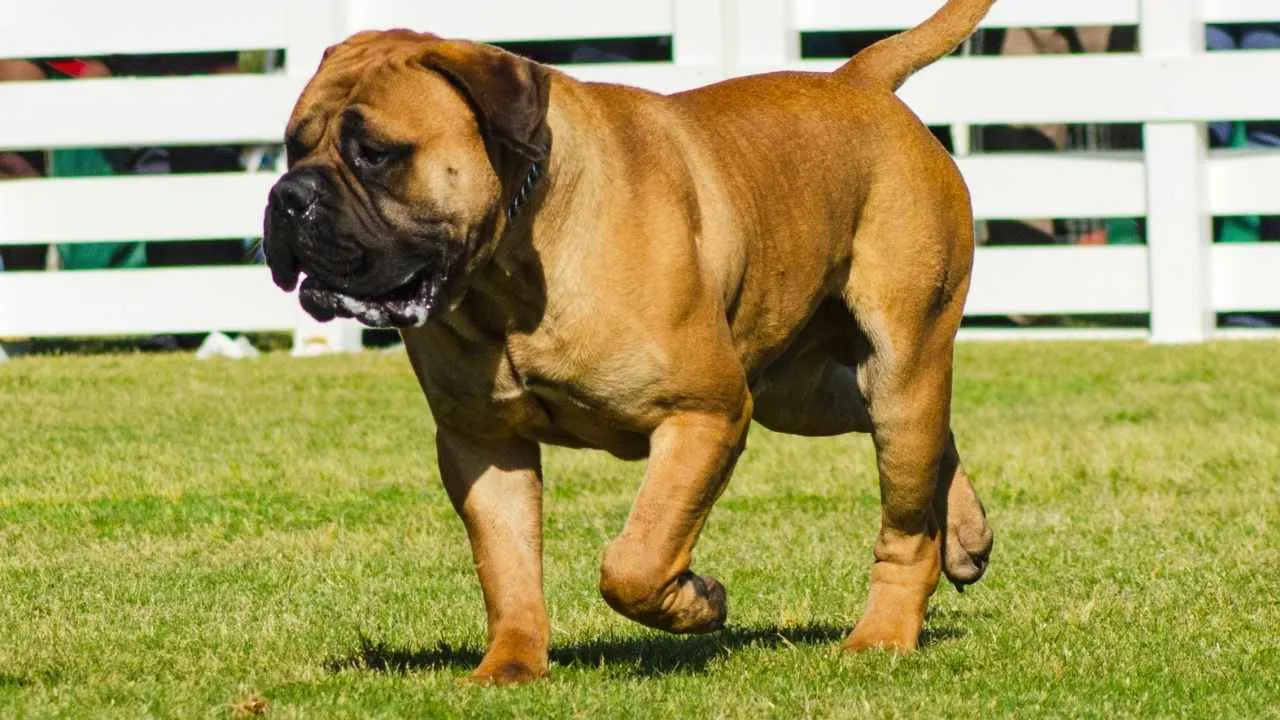
This giant dog breed typically requires more of everything, from food to living space to veterinary care. The Bullmastiff is a strong and muscular dog also known as the gamekeepers’ night dog. According to PDSA, these dogs were bred for catching and stopping poachers from intruding or trespassing on private estates and lands. Bullmastiffs are gentle giants that form a solid bond with their family.
This large dog breed can get stubborn and difficult to train if not approached or handled appropriately. Moreover, without proper training, a Bullmastiff can also easily become overbearing due to its massive size. Patience and consistency are key for training these dogs.
Proper socialization and daily exercise give them the right amount of physical and mental stimulation, which can turn these giants into well-behaved and obedient companions.
7. Bloodhound
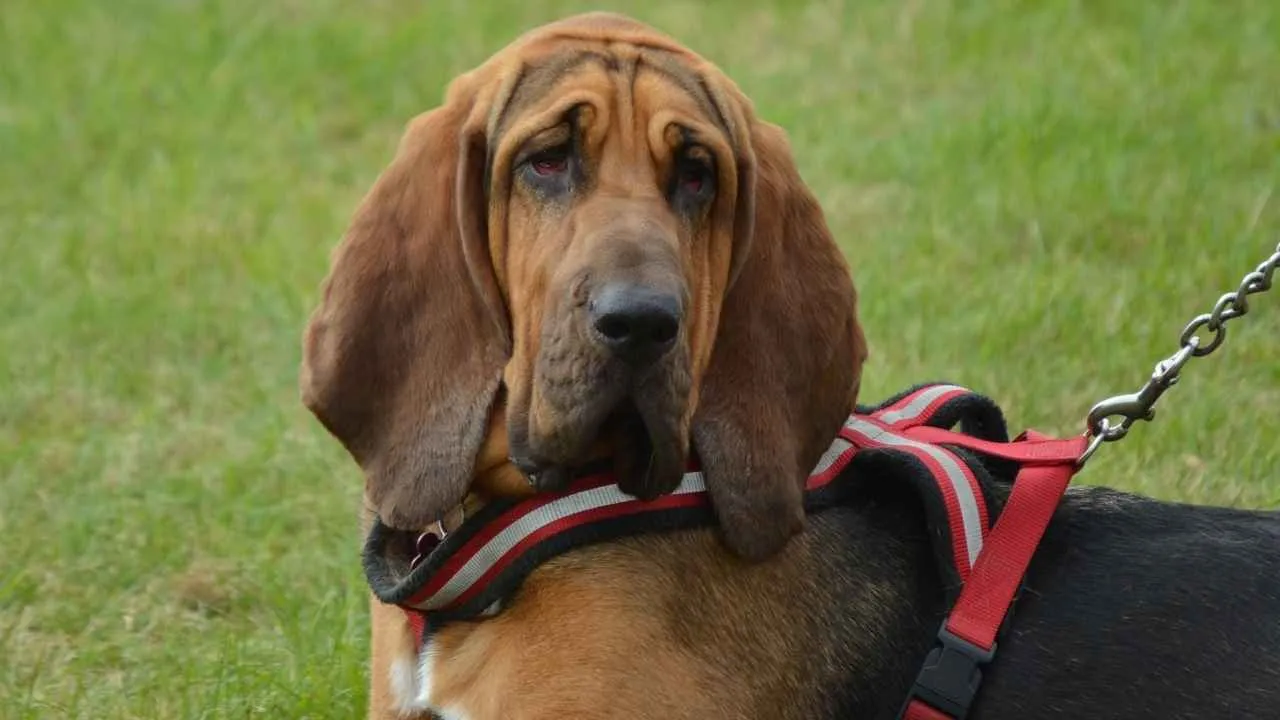
This scent hound is used by the military and police force for the search and rescue of missing persons and also in capturing fugitives. However, this incredible hound dog is an extremely loyal companion and a useful dog.
CKCUSA says that the Bloodhound often gets distracted by its very exceptional talent of smell, but not only that, they also have a dominant streak in their personality, and will quickly try to dominate and lead you by becoming your boss. Their stubbornness and independence make things even more challenging to handle and will eventually make you raise your hands and say Alright, I give up.
The only way to gain access to the bloodhound’s minds and hearts is through tasty and highly valuable treats, after which they might like to train for a while. These dogs require consistent training, but are sensitive to the tone of your voice. Hence, make sure to use a firm but approving tone with them, or they might show you destructive behaviors.
Conclusion
On an ending note, many giant dog breeds can be prone to specific health issues due to their size, requiring owners to be vigilant about their health. However, some iconic giant breeds, like the Saint Bernard and Great Dane, are known for their gentle and affectionate temperament and as called Gentle Giants. These Giant dog breeds often need more exercise than smaller dogs to stay healthy and happy. Varying exercise routines that include walking, jogging, and outdoor activities make these large, fluffy dogs feel cherished. Hence, make sure all their necessities and requirements are fulfilled with care and consideration.
Some other breeds that can also be extremely challenging are the Cane Corso; training a Cane Corso requires early discipline and a firm leader due to their stubborn nature and strong instincts, the Dogue de Bordeaux who can be difficult to train due to its stubbornness, requiring strict early training and socialization and Rottweilers that can be difficult to train due to their loyalty to one individual, making listening to others challenging.


